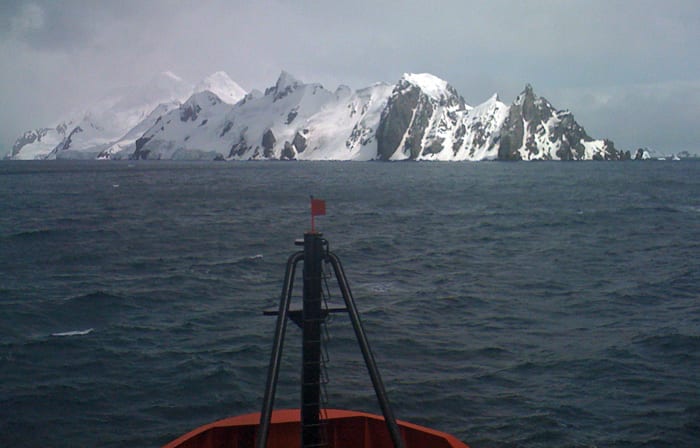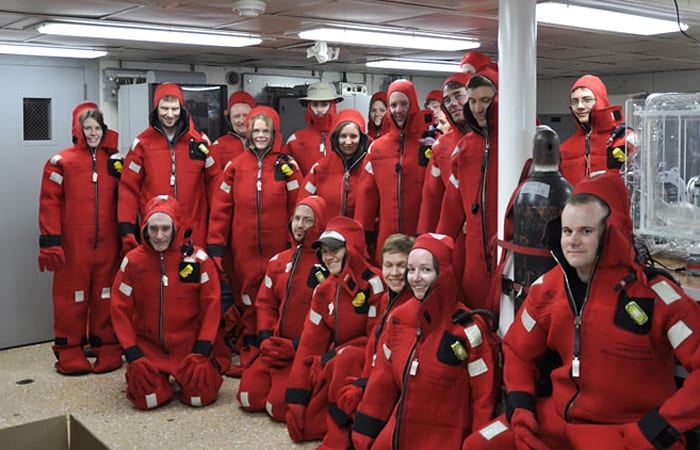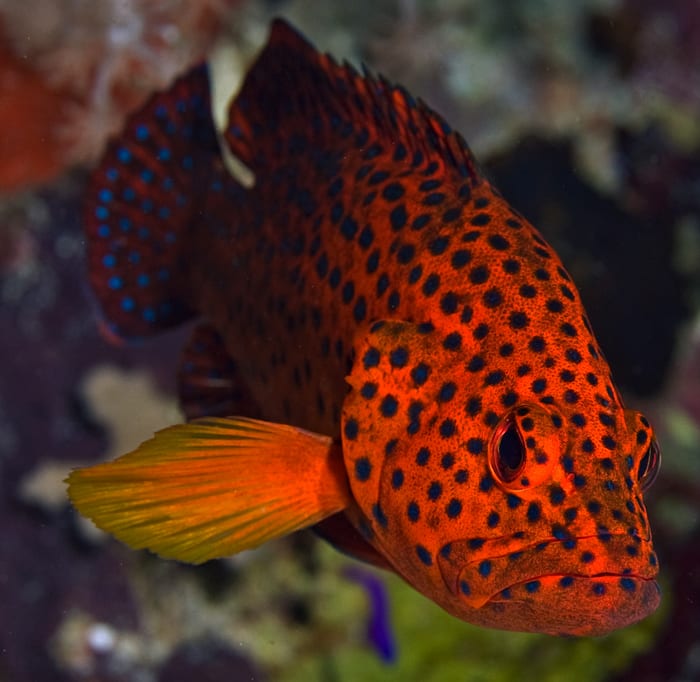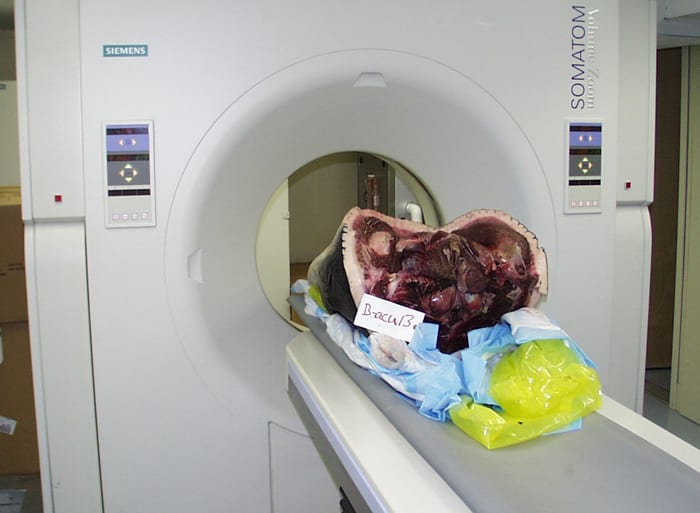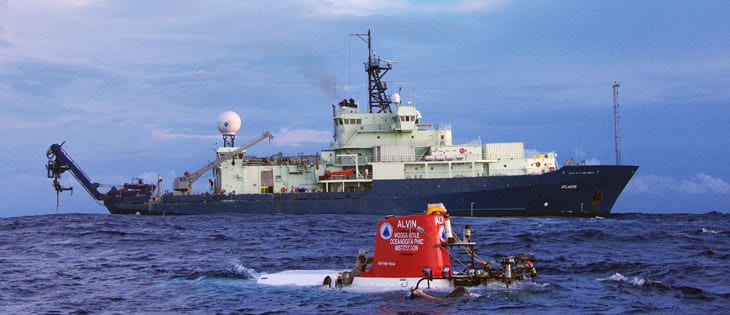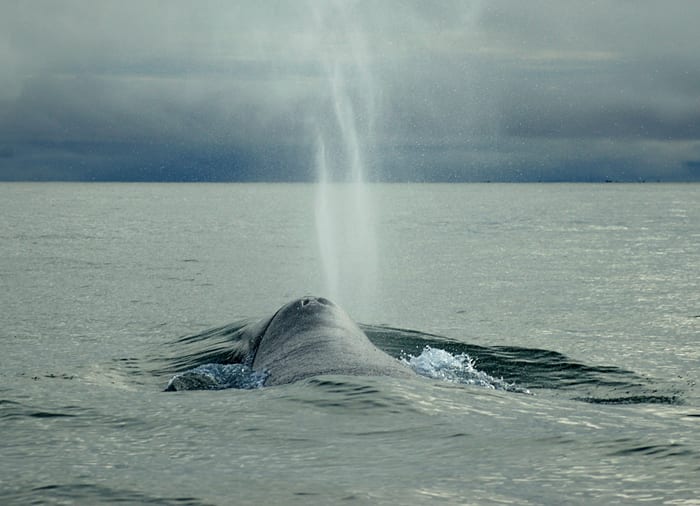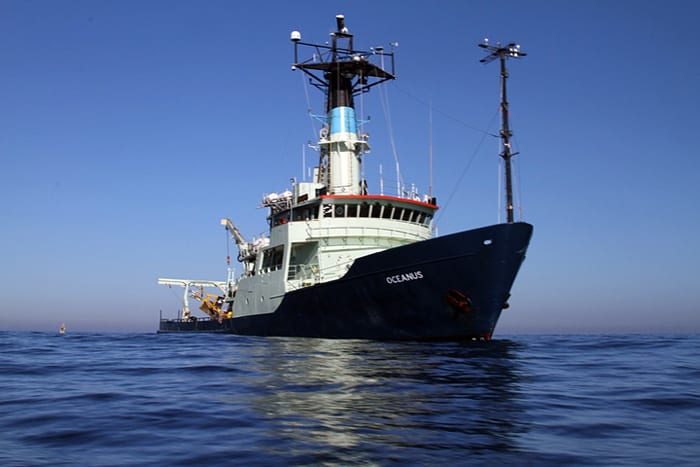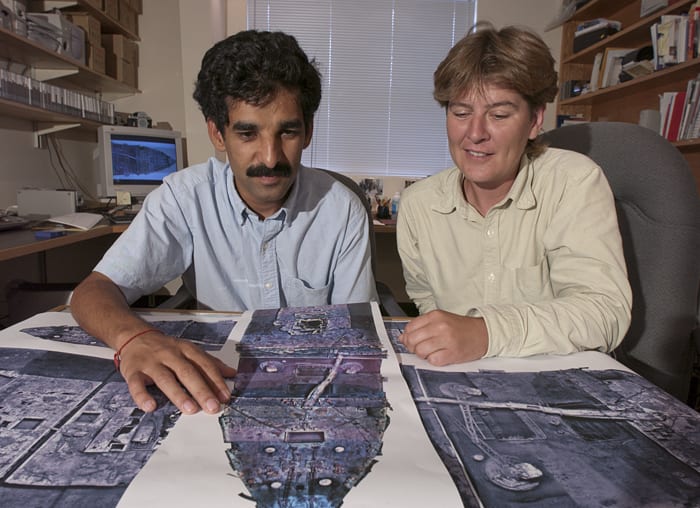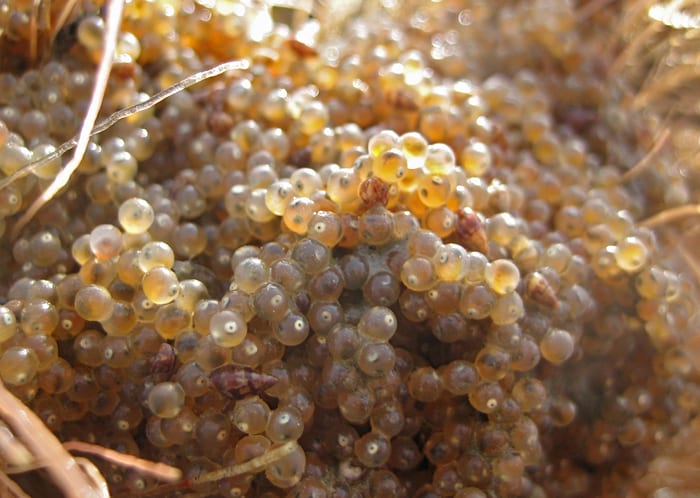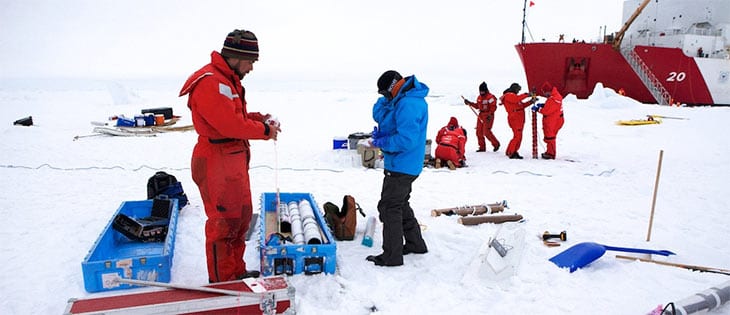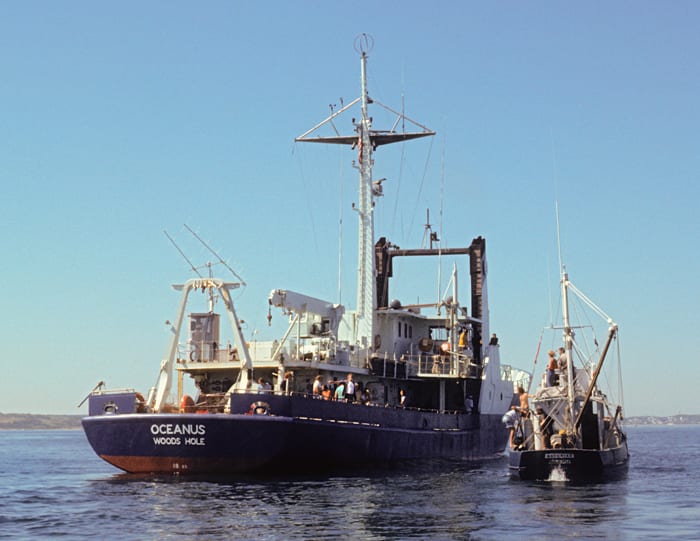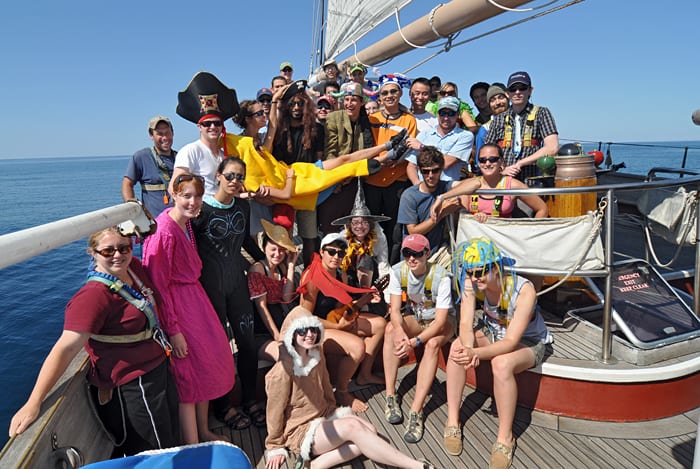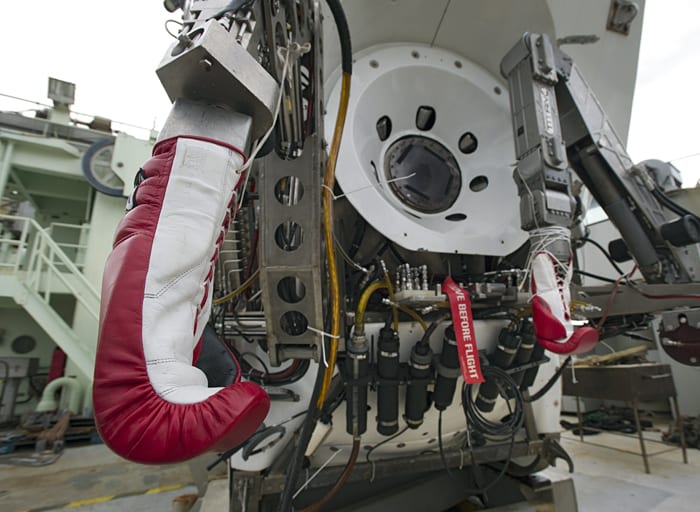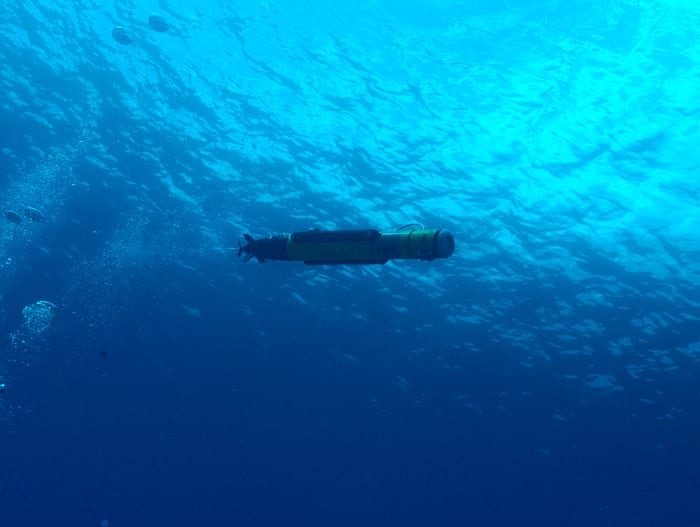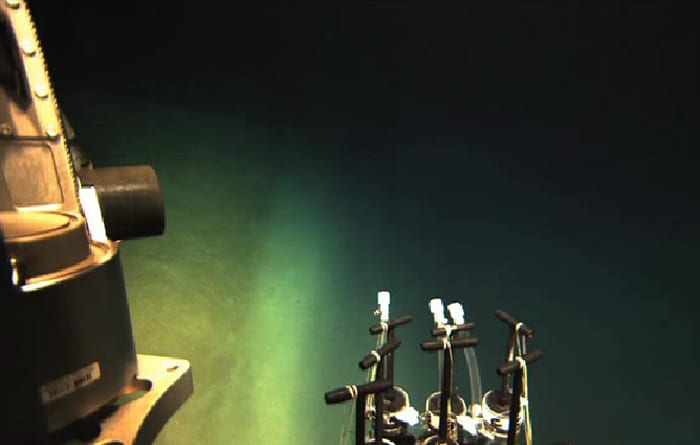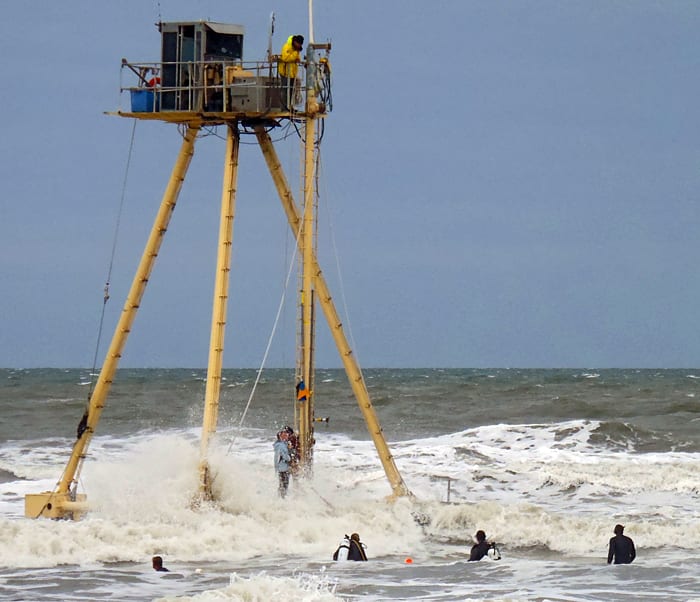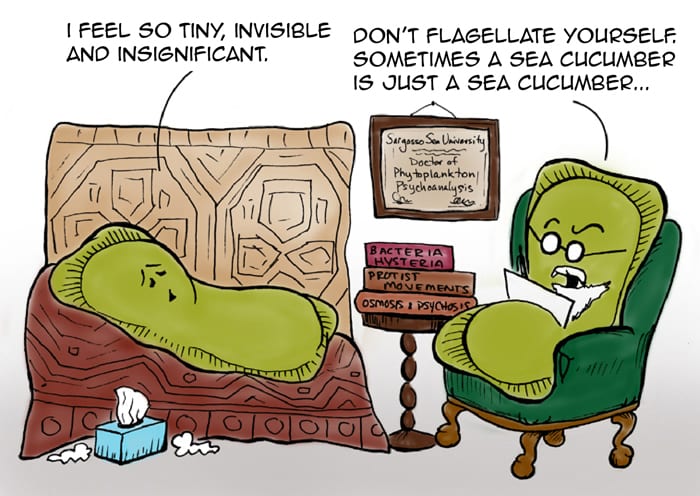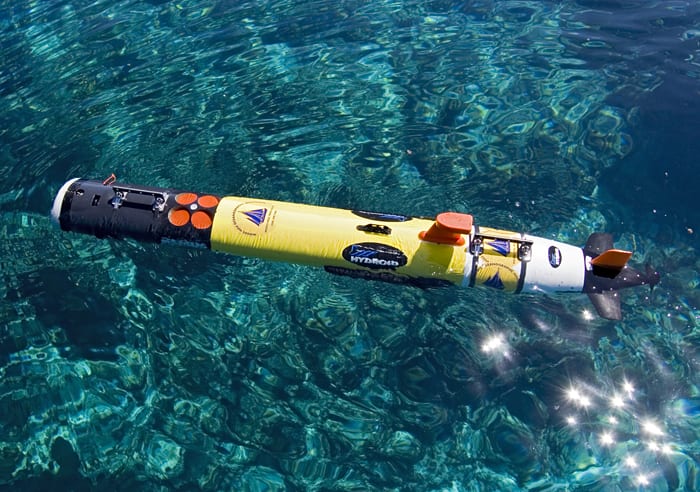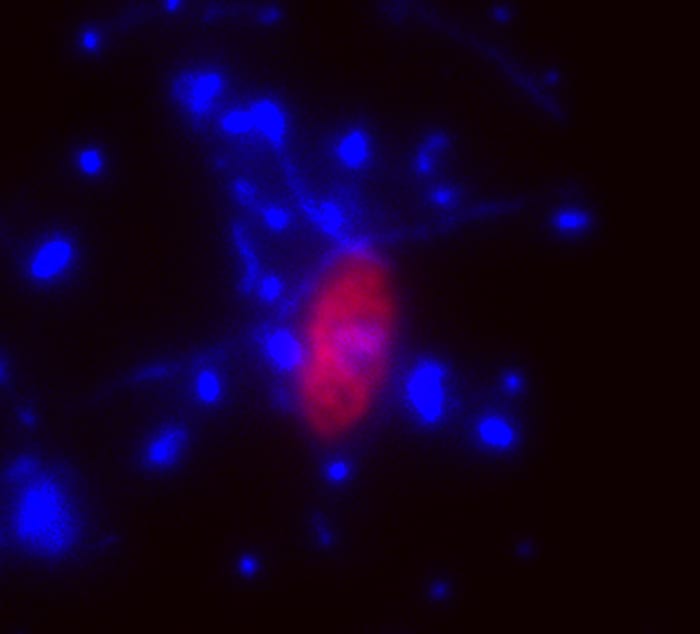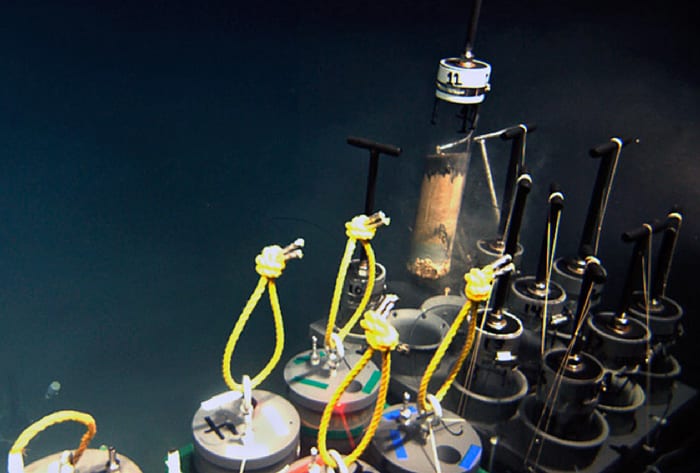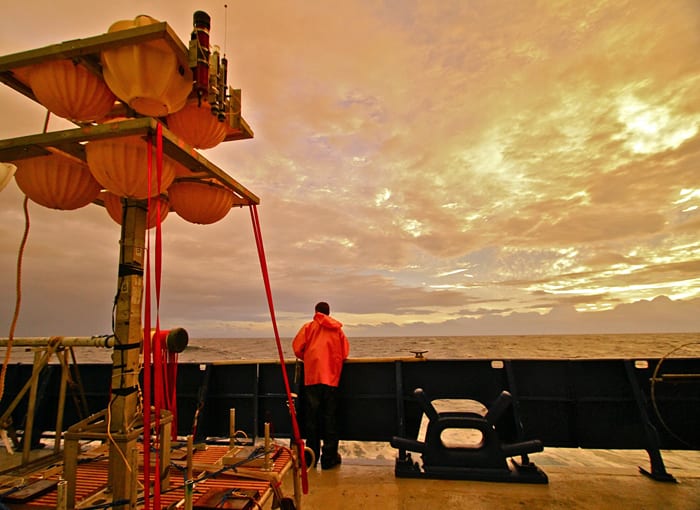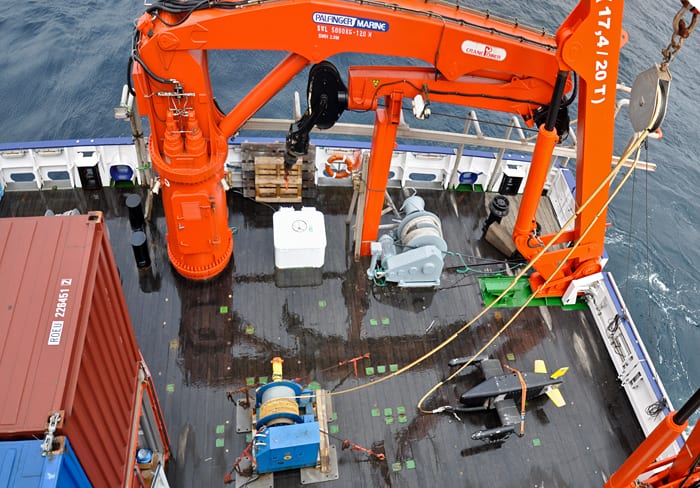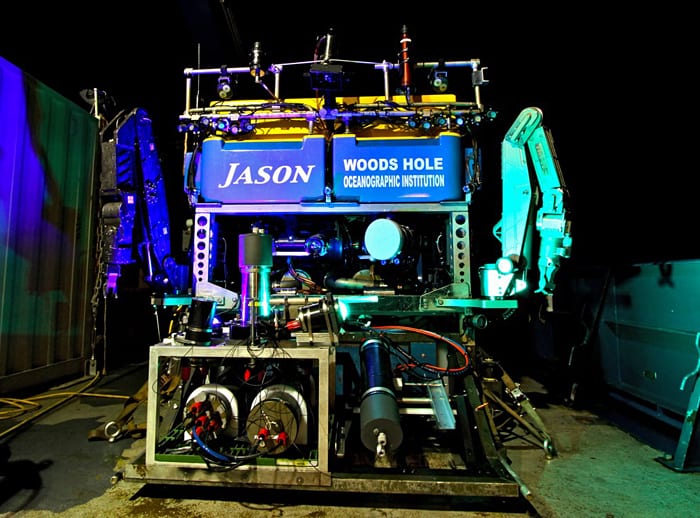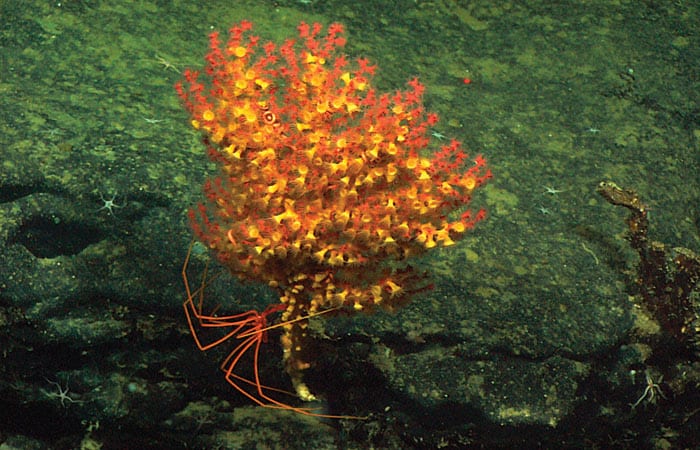Multimedia Items
Out of Antarctica
Livingston Island in the South Shetlands rises sharply in front of the L.M. Gould’s bow in December 2011 after the ship departs Palmer Station, the U.S. research station on the…
Read MoreSurvival Suits You
The science crew on board any UNOLS (University-National Oceanographic Laboratory System) research vessel spends part of the first day of every cruise in safety briefings and drills. One activity involves…
Read MoreGrumpy Grouper
Despite its expression of perpetual disgust, this jewel grouper (Cephalopholis miniata), also known as coral cod or vermillion seabass, enjoys balmy waters and rich feeding grounds in the clear water…
Read MoreCSI Woods Hole
At WHOI, CSI stands for Computerized Scanning and Imaging Lab. The lab, which is a part of the Institution’s Marine Mammal Center, has a CT scanner dedicated to marine research…
Read Moreshipstech
Thar It Blows
A bowhead whale surfaces and blows in the Bering Sea. Because polar regions are seasonally ice-covered, it is impossible for scientists to visually track whales year-round. Instead, researchers install moorings…
Read MoreNew Horizons
After 36 years and 500 missions for WHOI, the research vessel R/V Oceanus will be changing home ports and oceans. The 177-foot vessel arrived at WHOI in November 1975. Since…
Read MoreA Titanic Puzzle
WHOI scientist Hanu Singh and former graduate student Sacha Wichers examine a photo mosaic of the wreck of RMS Titanic. The 866 individual photos that make up the mosaic were…
Read MoreTiny Eyes
Look closely and you will see black and white eyes in these fish eggs. Mussels, snails, sponges, and other marine life commonly use cables and instruments left in the sea…
Read MoreResearch Top Images
Sibling Ships
The research vessel Oceanus was greeted by its little sibling, Asterias, near Woods Hole. After its arrival in Woods Hole in November 1975, Oceanus proved to be a workhorse, with…
Read MoreDressed for the Deep
Each summer, graduate students in the MIT-WHOI Joint Program are welcomed to Woods Hole and to oceanography with the ten-day Jake Peirson Summer Cruise aboard the Sea Education Association ship SSV Corwith Cramer. Students learn how to do…
Read MoreKnockout
Somewhere during the 47-year life of the deep-submergence vehicle Alvin, someone found that padded boxing gloves did a perfect job of protecting the submerisble’s manipulator arms while it sat on…
Read MoreSearching for the Past
A REMUS 100 autonomous underwater vehicle dove through the clear, blue waters of the Mediterranean in September 2011 on a mission to find and survey Bronze Age shipwrecks off the…
Read MoreA “Beach” in the Mediterranean
During a 2011 Dive & Discover cruise in the Mediterranean, scientists from WHOI and other institutions explored three super-salty “lakes” called DHABs at the bottom of the sea. They used…
Read MoreIn the ‘Washing Machine’
With a storm approaching, a team worked “in the washing machine” of a raging surf zone at the Field Research Facility in Duck, N.C. in 2011 to recover instruments measuring…
Read MorePsychotherapy for Plankton
WHOI graphic artist Amy Caracappa-Qubeck drew this humorous cartoon after Erin Bertrand described her research on environmental “stressors” that govern the productivity of microscopic marine plants, or phytoplankton, at the…
Read MoreREMUS Reef Reconnaissance
In order to design marine preserves that best protect fish, conservationists need to know more about where and how fish move from their larval to adult stages. In 2006, WHOI…
Read MoreSomething FISH-y
FISH (fluorescence in situ hybridization) is a powerful technique in which a fluorescent tag is attached to an RNA fragment that in turn binds to specific kinds of cells. This…
Read MoreHistory, Written in Mud
A sediment sample in a push core taken from the upper reaches of a deep, hypersaline, anoxic basin (DHAB) hints at a complex history for the 3,000 to 35,000 year-old…
Read MoreA Welcome Sight
Ben Tradd, a pilot with the Jason operations group, takes in the sunset aboard the R/V Atlantis following days of heavy rain, high winds and rough seas in October 2011.…
Read MoreReady to Fly
The video plankton recorder, shown on deck at right, resembles a small airplane. In fact, it does fly—in the water. In August 2011, the German research vessel Maria S. Merian…
Read MoreUntethering Communications
The remotely operated vehicle (ROV) Jason rests on the deck of the R/V Atlantis in August 2011 following a day of successful test dives with a new communications and control…
Read MoreLife on Seamounts
deepseacoral_11_198202.jpeg
Read More
